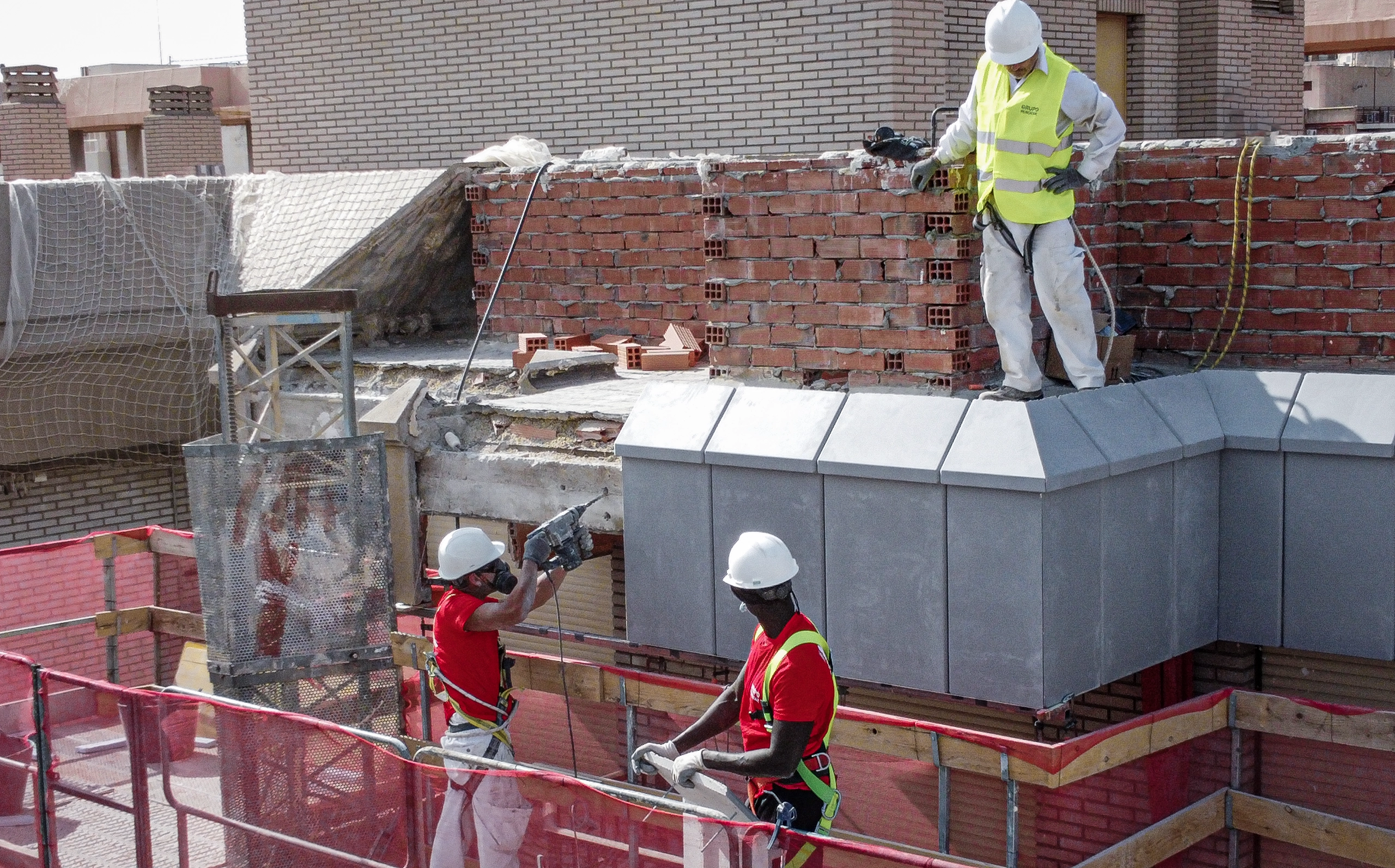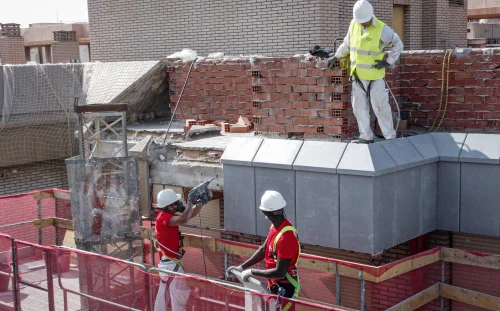Last year, there were 81,697 occupational accidents in the construction sector in Spain, 135 of which were fatal, positioning construction as one of the industries with the highest accident rates—second only to transportation and storage. Although the overall trend shows a slight decrease compared to the previous year, these figures reflect the persistence of a high risk that directly affects thousands of professionals in the sector.
Construction safety regulations vary by country but are generally based on international standards established by organizations such as the International Labour Organization (ILO) and the International Organization for Standardization (ISO). In Spain, the main regulation is Royal Decree 1627/1997, which establishes the minimum safety and health requirements at construction sites.
In this article, we explain how Grupo Renovak Building Company (GRBC) and personalHOME have the necessary tools to help reduce these accident rates through an efficient safety plan, personal and collective protective equipment, and by identifying the key players in the management and compliance with all these crucial measures.
I. Safety and Health Plan
The first pillar of any safety regulation is the proactive identification of risks. This includes the assessment of hazards such as falls from height, contact with electrical installations, handling of heavy machinery, exposure to chemical substances, and ergonomic risks.
To this end, no project or construction work can proceed without a proper Safety and Health Plan (SHP). This plan must be approved by the safety coordinator both in the design and execution phases and must be submitted to the Labour and Social Security Inspectorate. Furthermore, all parties involved must be aware of and apply this plan, receiving appropriate training in accordance with the Occupational Risk Prevention Law.
II. Personal Protective Equipment (PPE)
Regulations set strict requirements regarding the use of personal protective equipment. These mandatory items aim to:
- Protect the head: Certified helmets that protect against impacts and object penetration. These safety devices are designed to safeguard such a vital area of the body.
- Protect the feet: Safety footwear with reinforced toecaps and non-slip soles to prevent injuries from tools or other objects commonly found on-site.
- Provide respiratory protection: Masks and respirators suitable for exposure to dust, gases, or vapors. This type of PPE will depend on the stage of construction work.
- Prevent falls: Safety harnesses, lifelines, and fall arrest systems for work at height. Essential during early phases when enclosures are absent and the building structure is still under development.
- Protect vision and hearing: Safety goggles and hearing protectors depending on the risk of particle projection and noise levels. Closely related to the specific task performed by each worker.
Therefore, depending on the stage of the construction and the task to be performed, certain equipment will be mandatory. However, helmets, safety footwear, safety harnesses, and gloves are among the most commonly required items.
III. Collective Protection Measures
Beyond individual protection, regulations prioritize collective protection measures that benefit all workers simultaneously:
- Scaffolding systems: Must meet rigorous technical specifications and be inspected regularly by qualified personnel.
- Safety nets: Mandatory installation in work areas with a risk of falling, with specific resistance and placement characteristics.
- Signage: Proper placement of warning, prohibition, obligation, and safety information signs.
- Fencing and demarcation: Clear separation between work zones and pedestrian or vehicle circulation areas.
IV. Responsibilities and Key Roles
Developer or Client
Responsible for appointing safety and health coordinators, ensuring the preparation of required safety documentation, and guaranteeing compliance with preventive measures.
Construction Companies and Subcontractors
Must develop specific safety plans, provide protective equipment, train their workers, and comply with all established preventive measures.
Workers
Are required to use protective equipment correctly, follow safety instructions, report risky situations, and look after their own safety and that of their colleagues.
In conclusion, a construction site is a living entity that changes every day, and safety can only be achieved with the commitment of all involved. Workers are the key element in bringing the Safety and Health Plan to life in practice, and their role is essential in the proper use of both individual and collective protective equipment. In doing so, we build not just structures but safer work environments for everyone.























